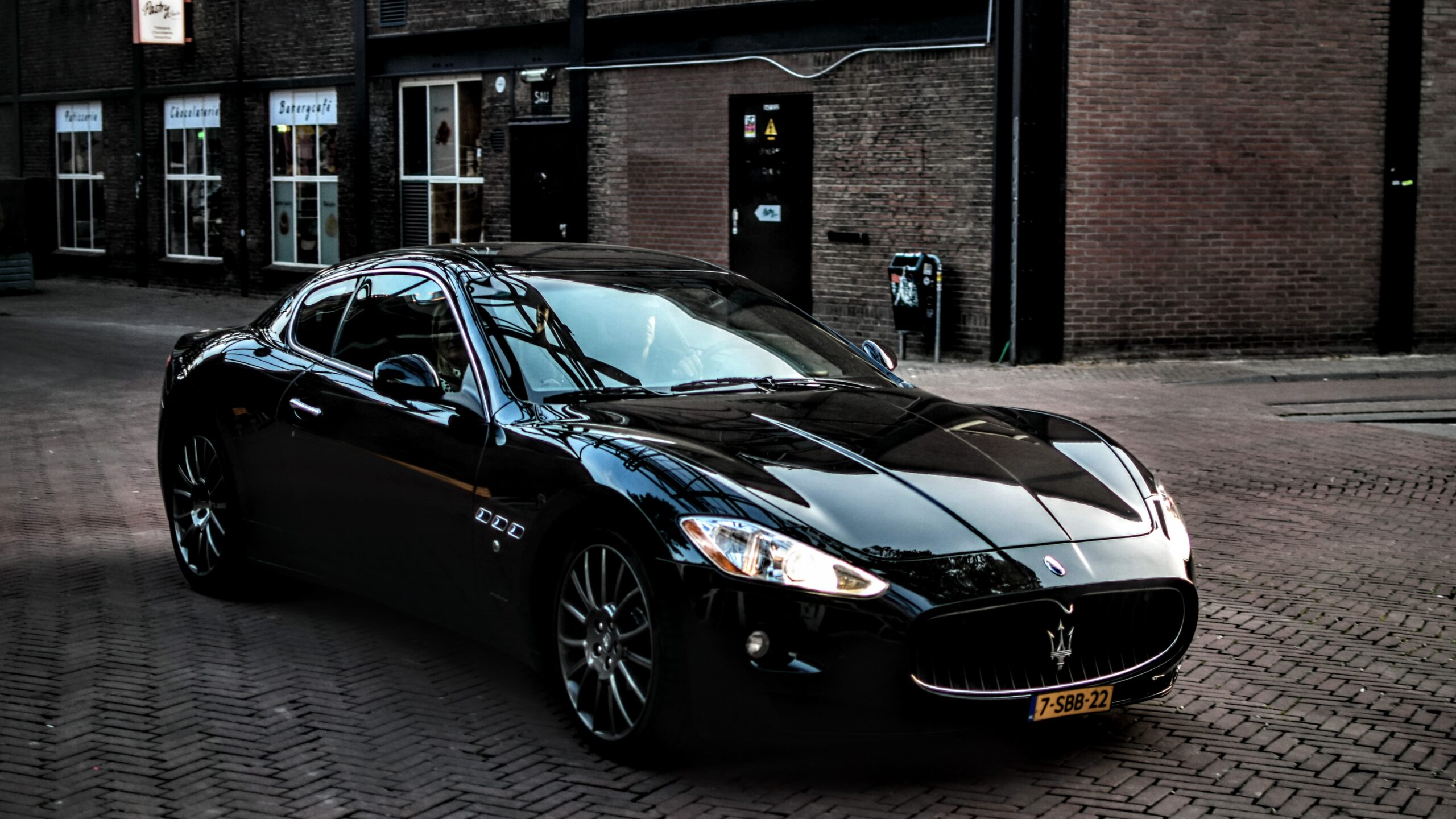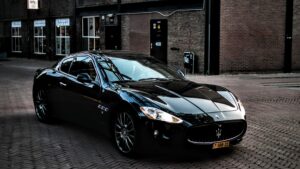What Happened To The Breathtaking Maserati Birdcage Concept?


Why did the Maserati Birdcage become an outstanding concept?
While trying to figure out the best way of celebrating their 75th Anniversary, Pininfarina and Maserati collaborated to build one of the most unique and aerodynamically exceptional cars of this era. The year was 2005 and the car was named the Maserati Birdcage.
Six months was a period enough to bring forth a car that was there to be feasted on, admired through a long look and inhaled to stick in the deepest of memories. With a carbon-fiber body, a stretched windshield that runs almost across the entire length of the vehicle, this was not meant to be anything close to conventional.
It had to be an exceptional, extraordinary car in a class of its own. If you look closely, you notice that through this extended windshield, the driver is able to get an unhindered view of his surroundings.
The drivetrain is a V12 engine similar to that of Maserati’s MC12 GT1 race car. The traditional instrument panel is replaced by a heads-up display (HUD) that pops onto a clear panel.
Perhaps the most outstanding point of this car is the lack of conventional doors and instead has a rising canopy. It is through the mechanized rise and closing of this canopy that this car gets its name. When closed down, you get caged inside, almost literary.
While the rearview mirror cameras, advanced cellular systems, and projected head-up information displays are state of the art, other of the 75’s aspects recall the past. The Birdcage meant to push design and styling techniques to extremes without spoiling the race car party.
This is seen in the hefty engine and the 700 hp that ensures that some racing ideas are kept intact without interfering with exterior design. According to Pininfarina, building the car started with a study of the mechanicals to establish how they interrelated with exterior design.
In the end, the Birdcage 75th remains one of the most outstanding, peculiar and provocative design in recent times. Had it gone into production, we are confident it would have recorded impressive performance too.













